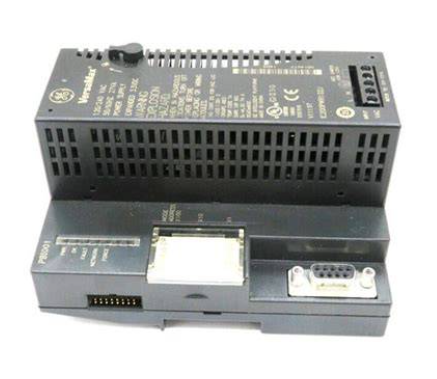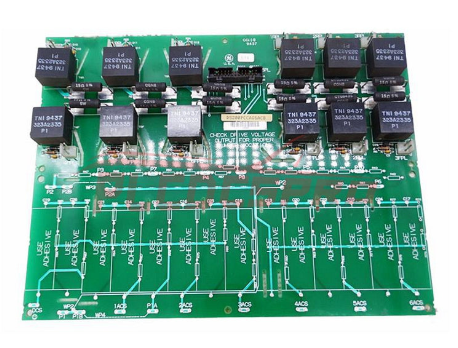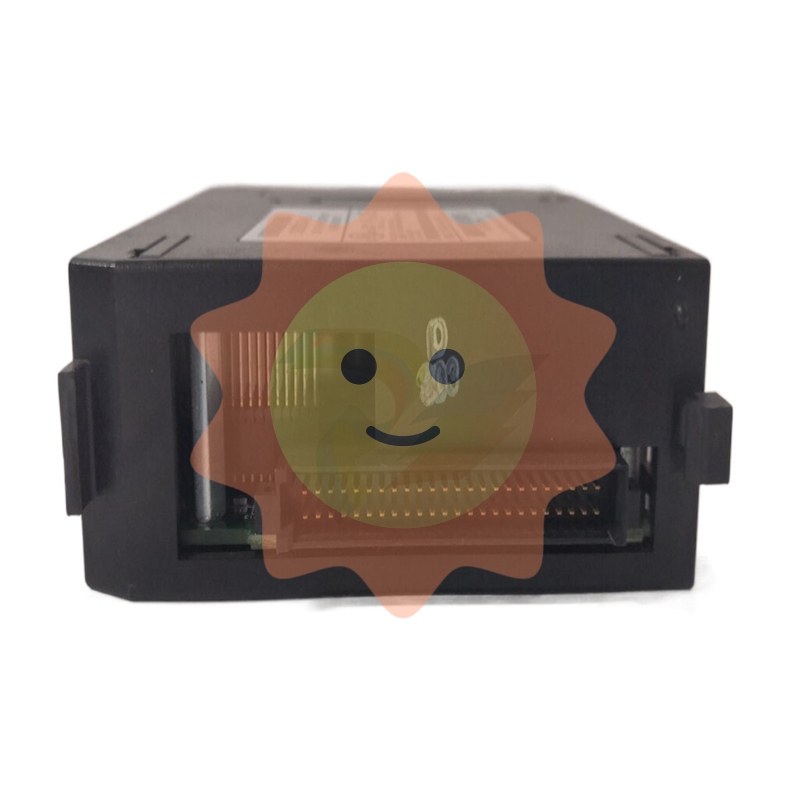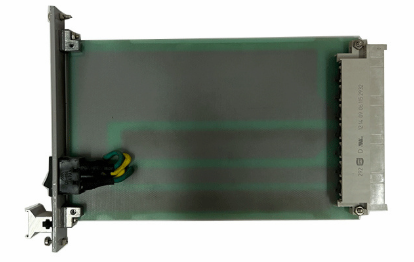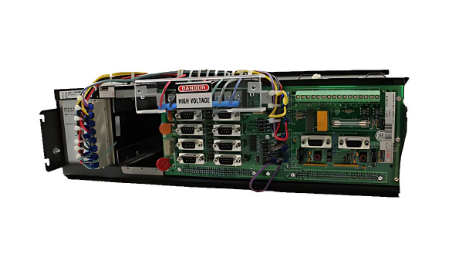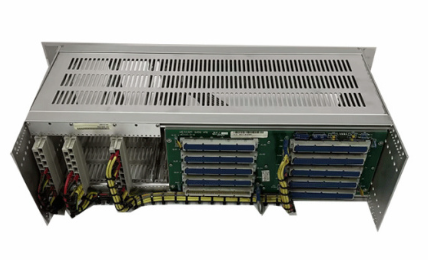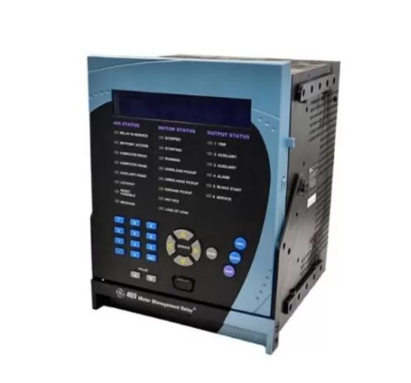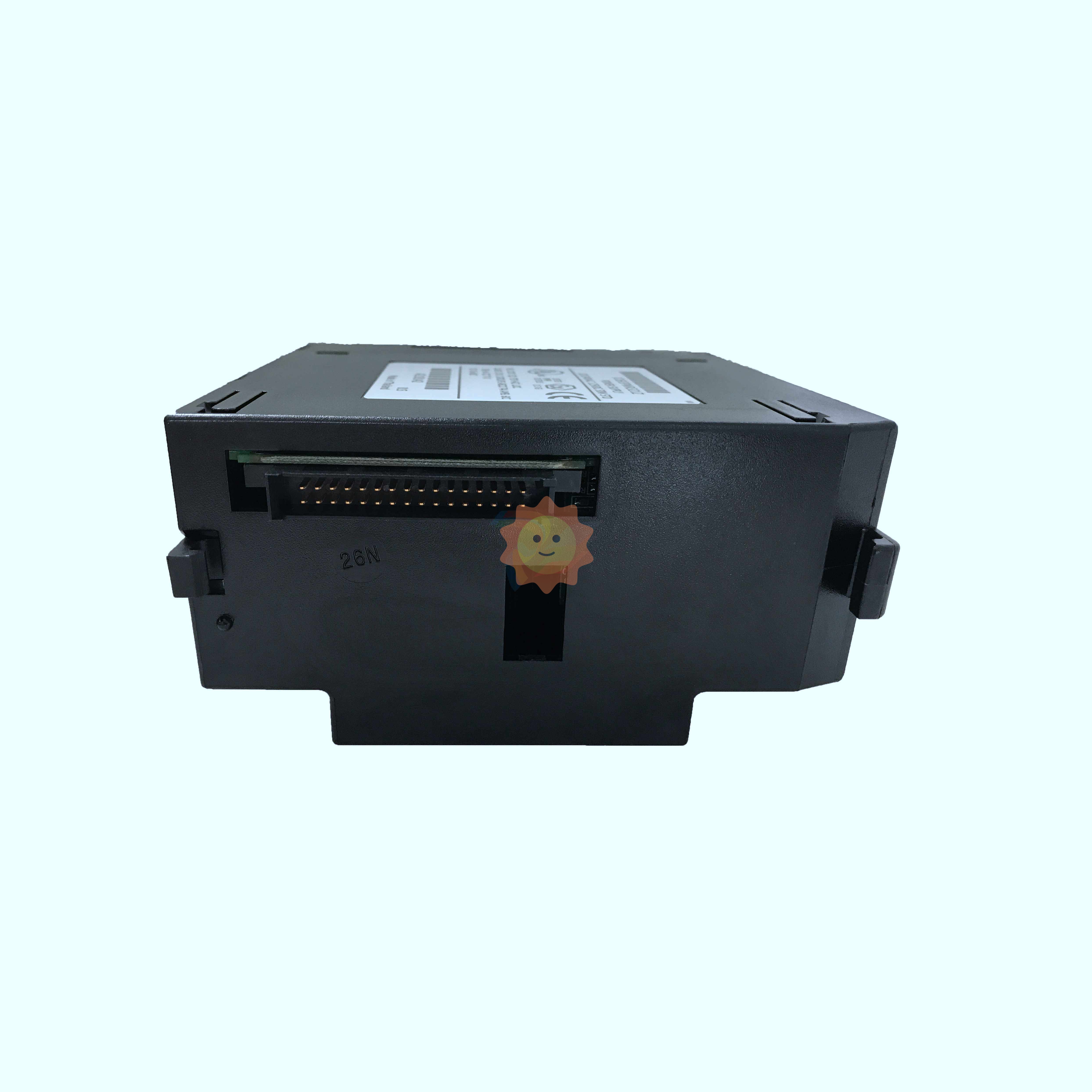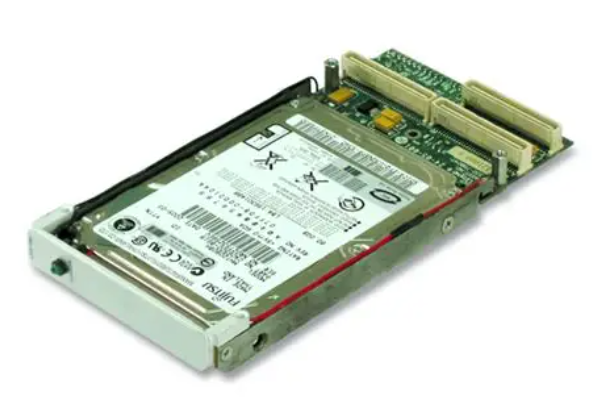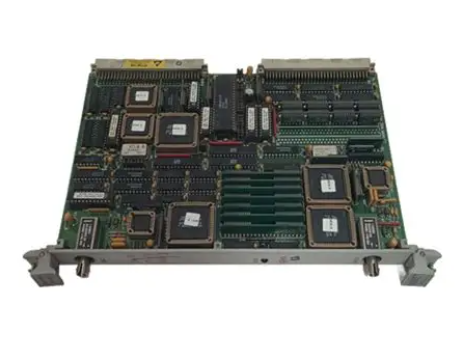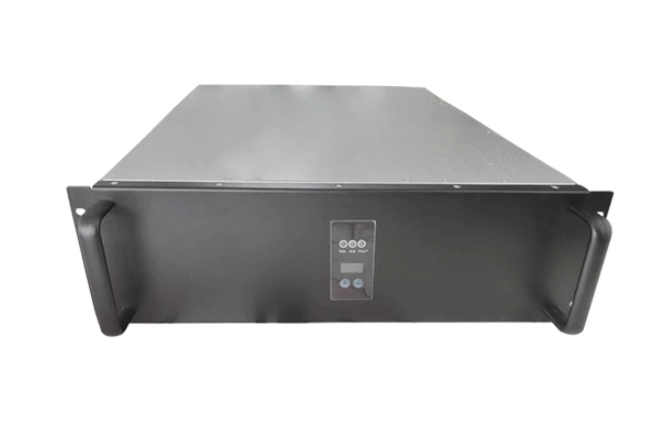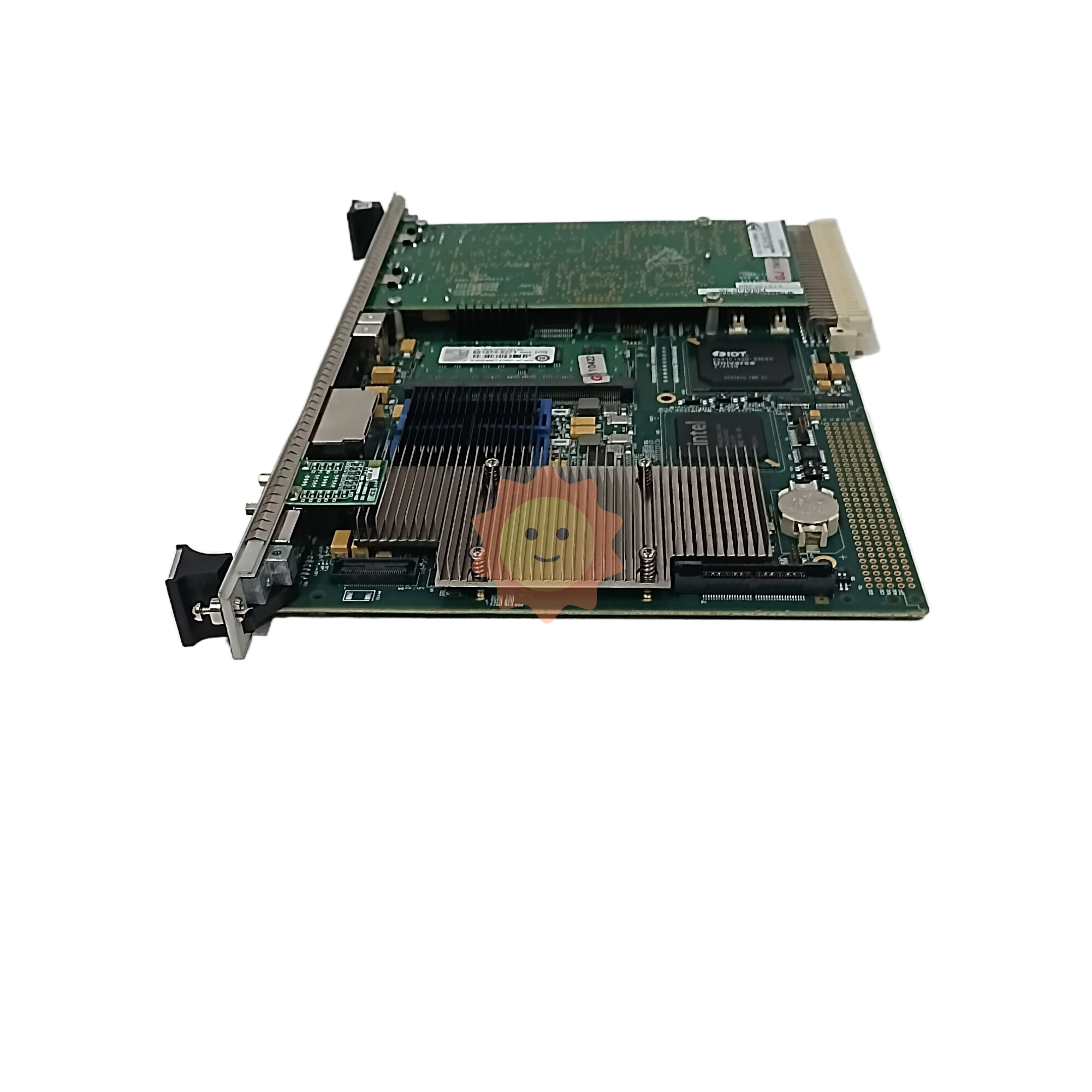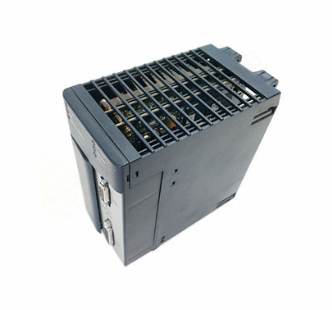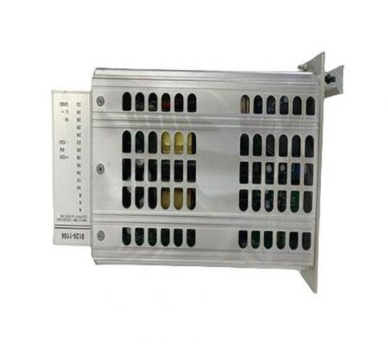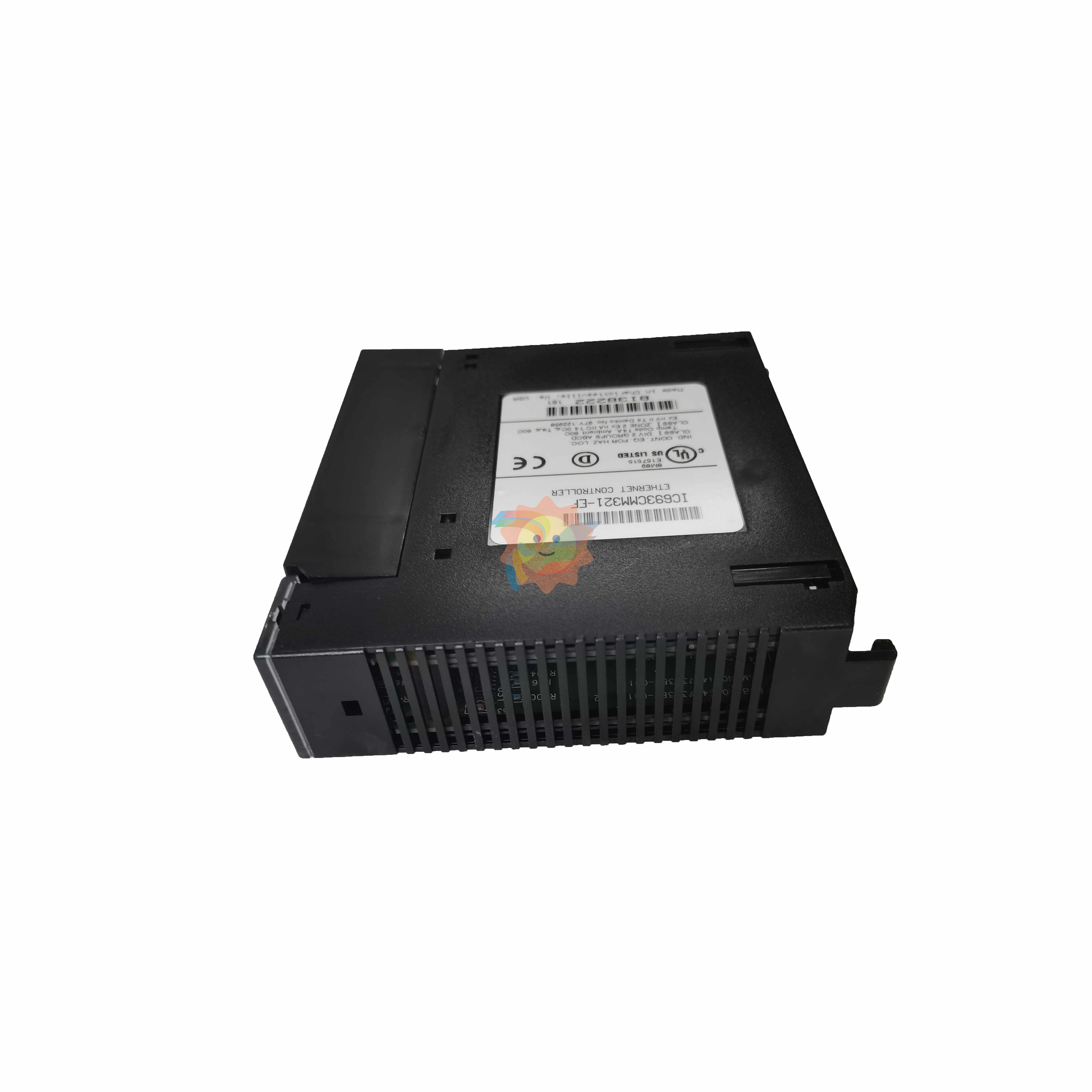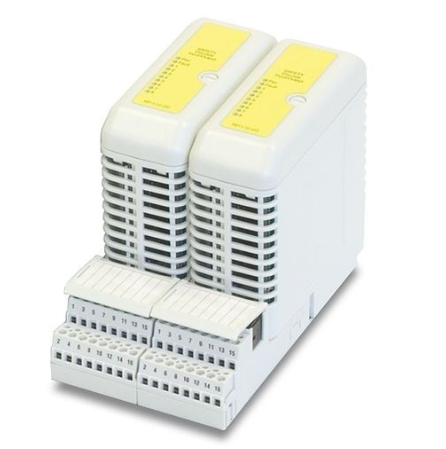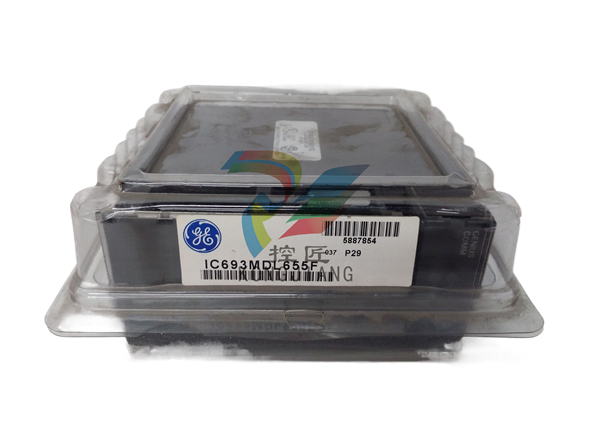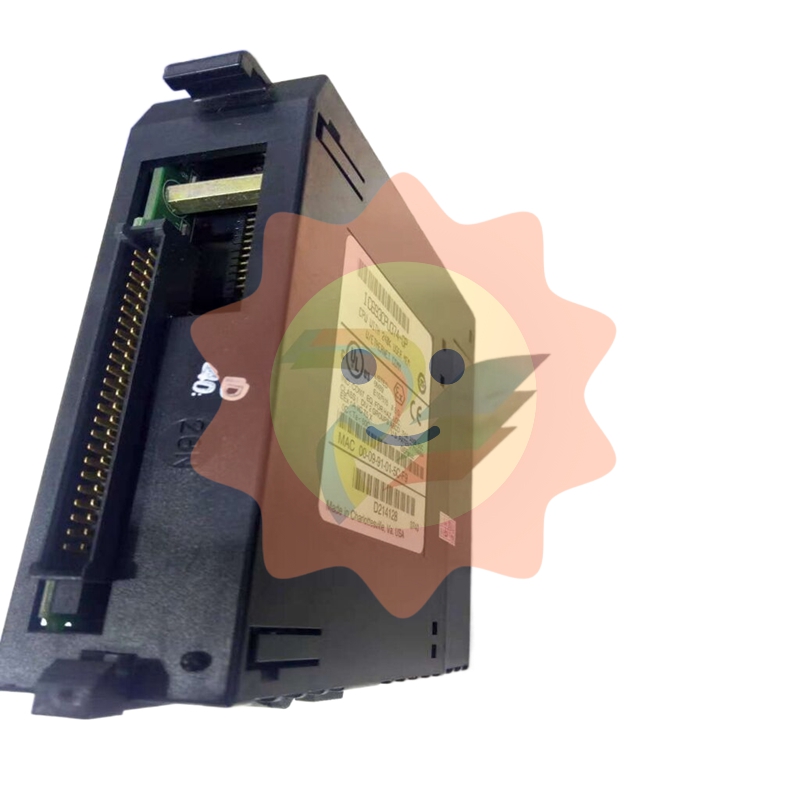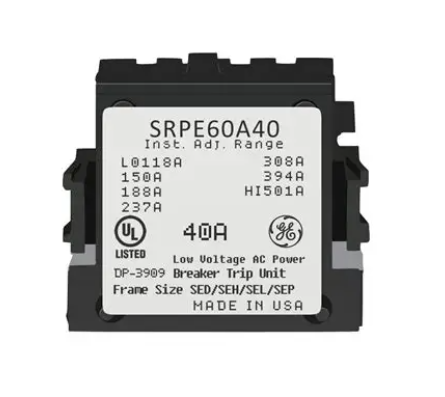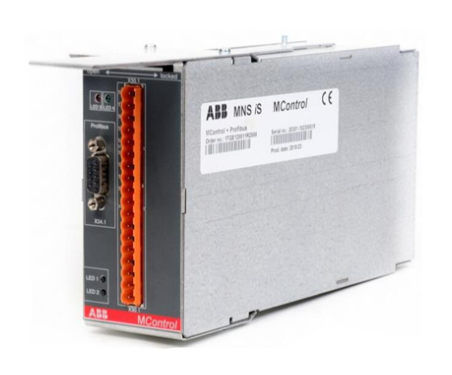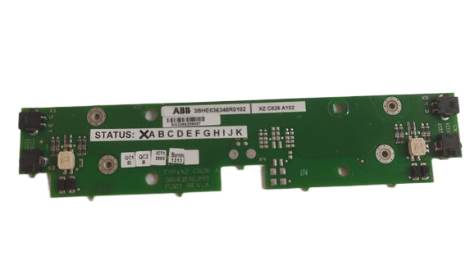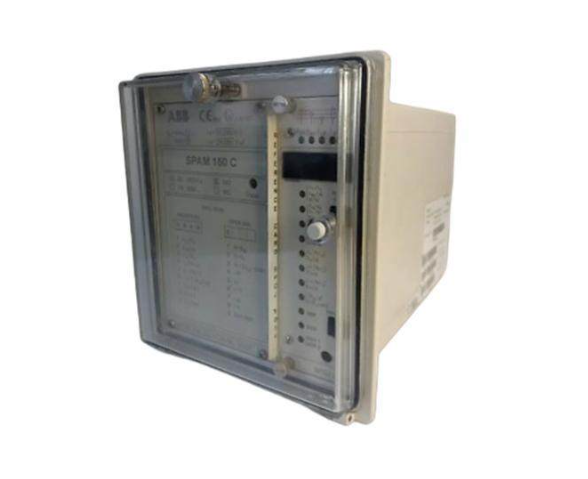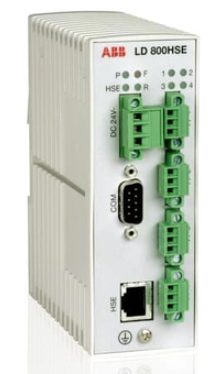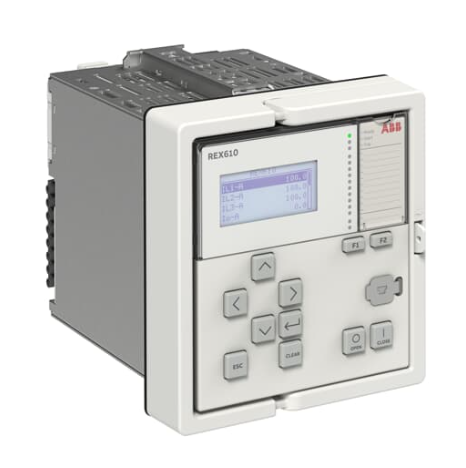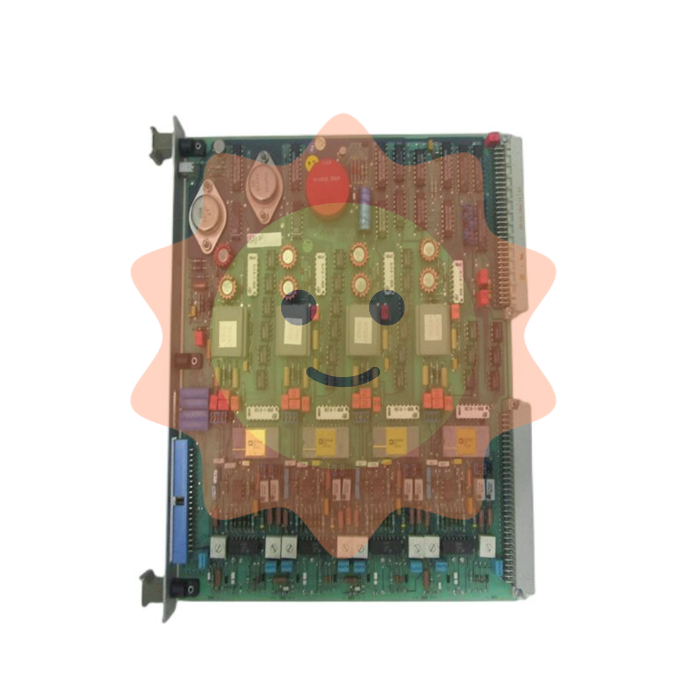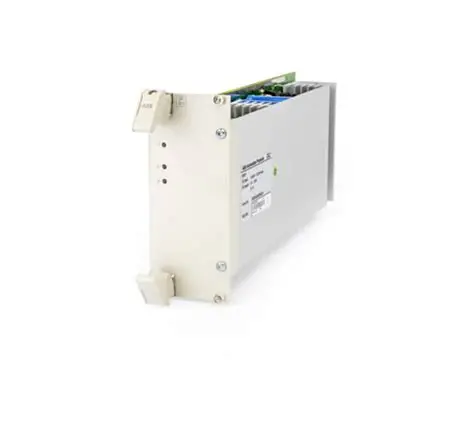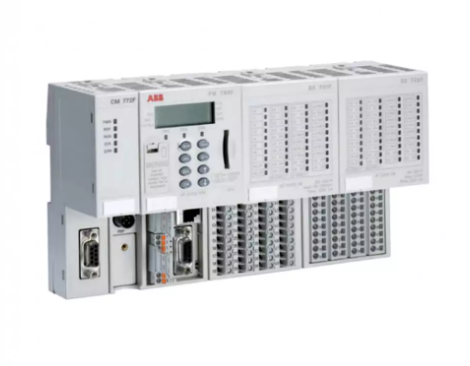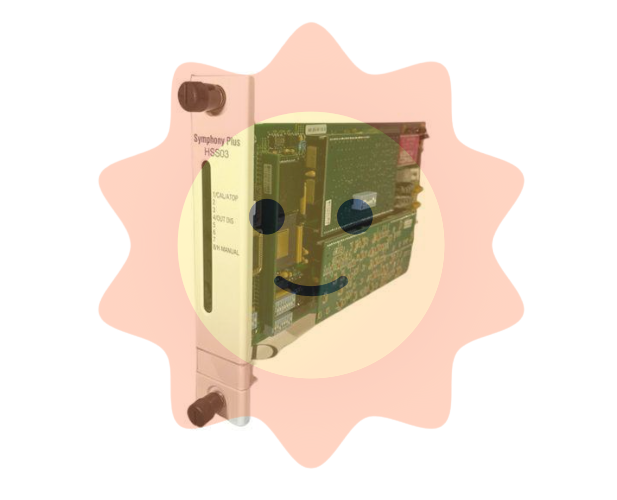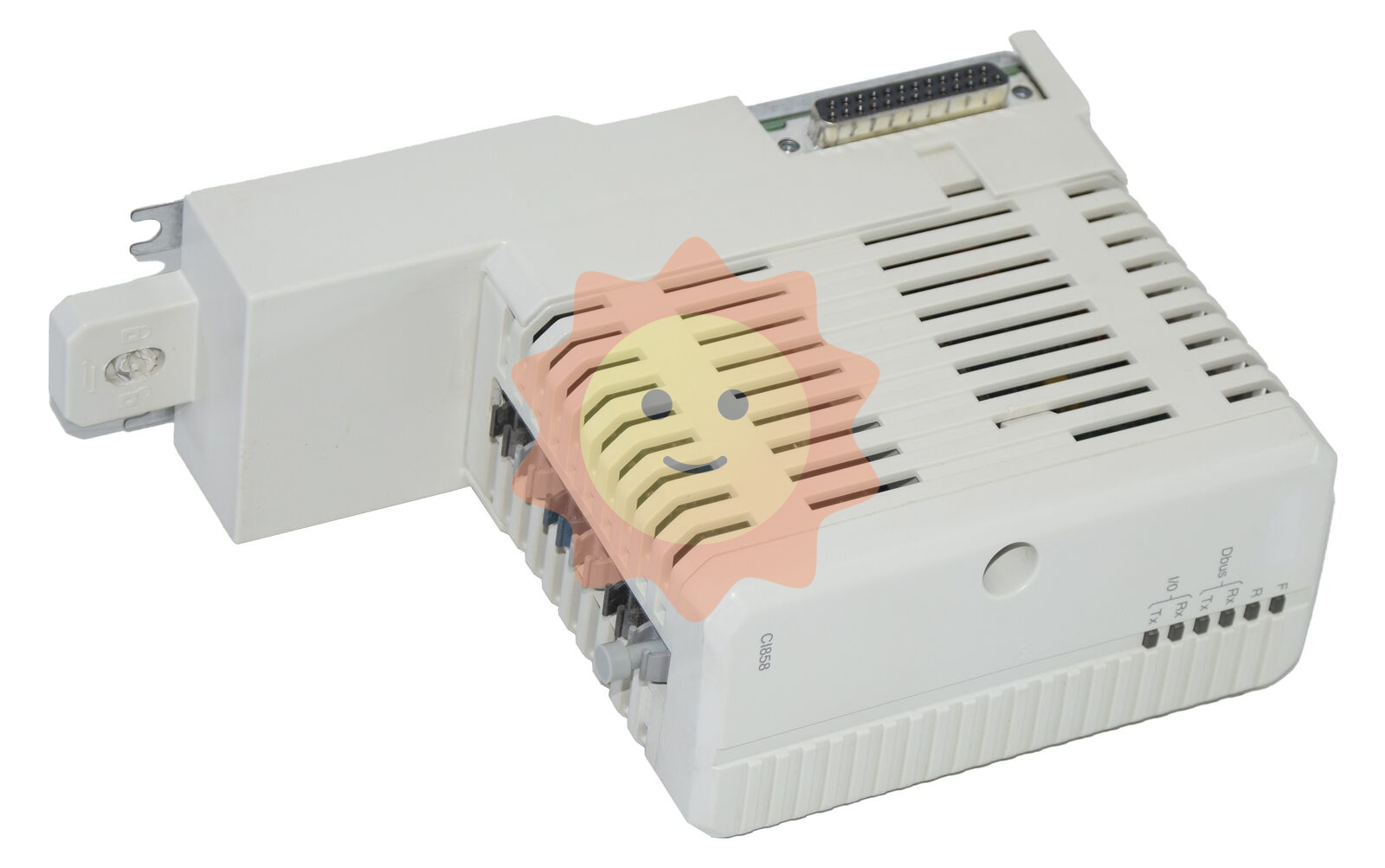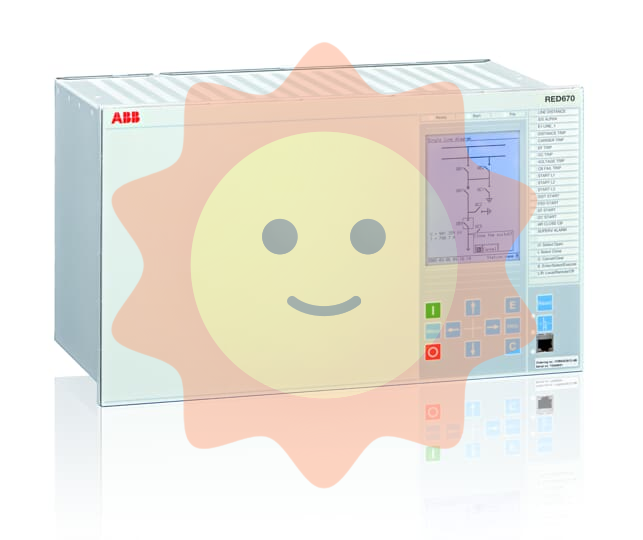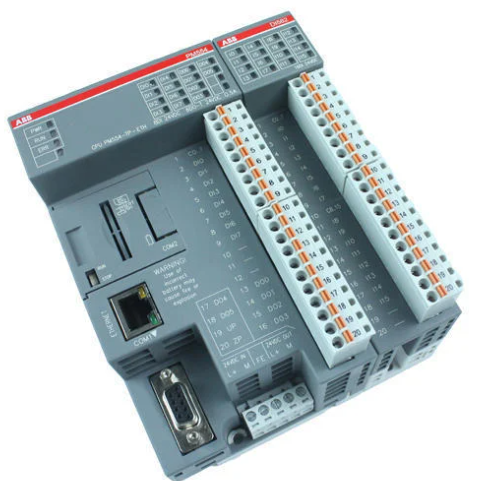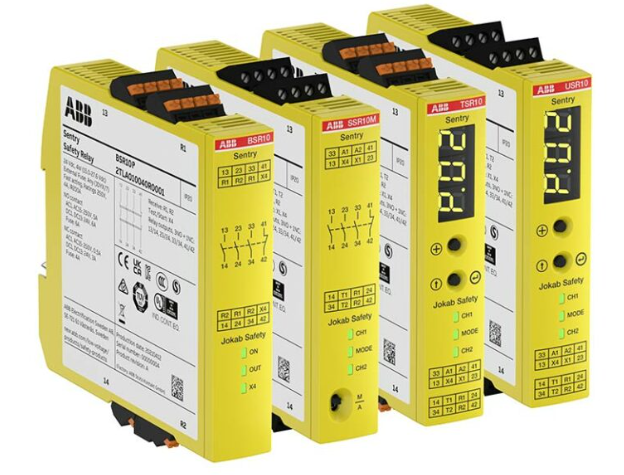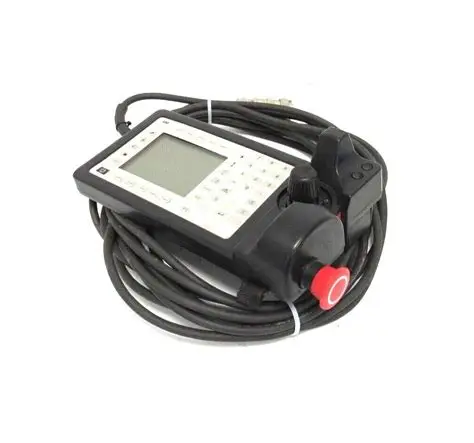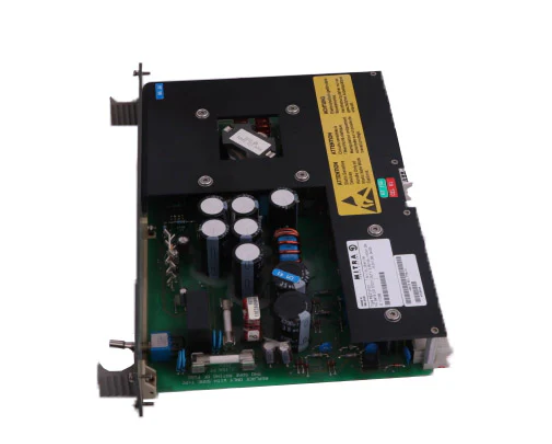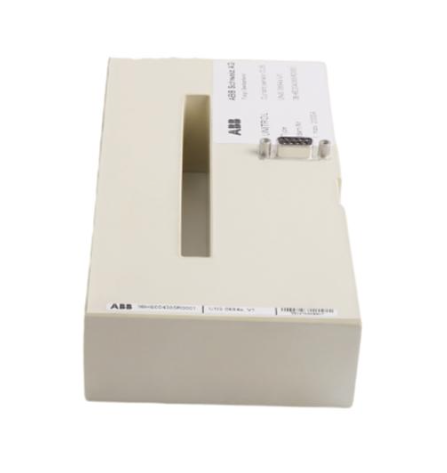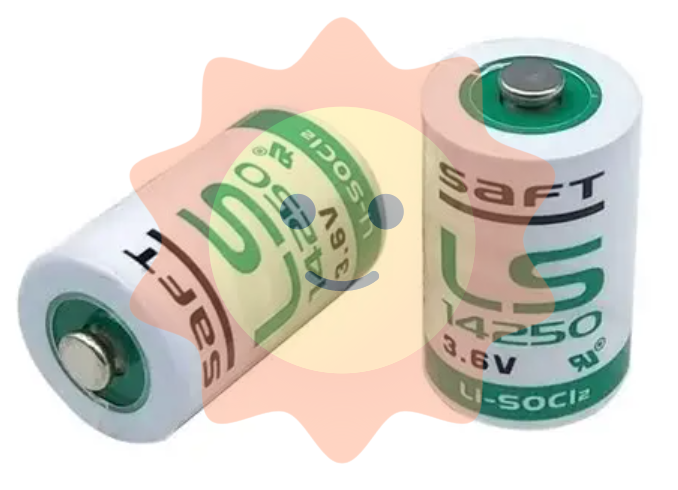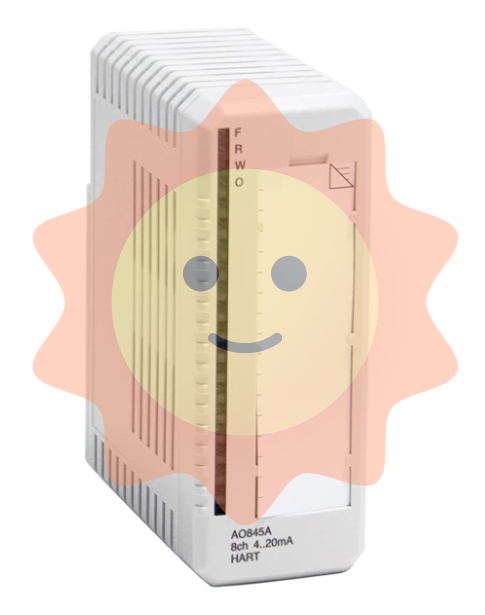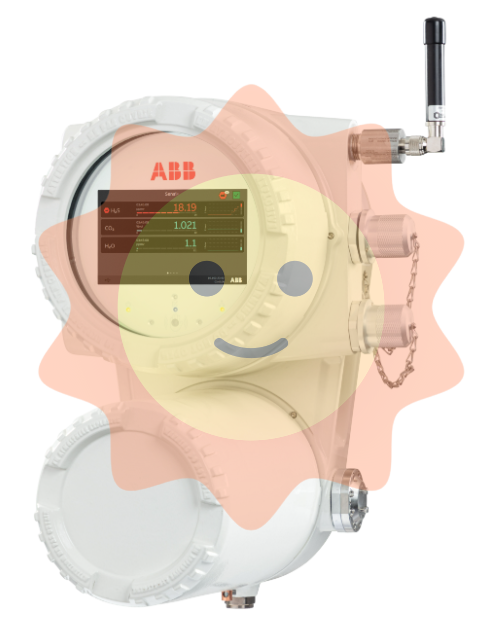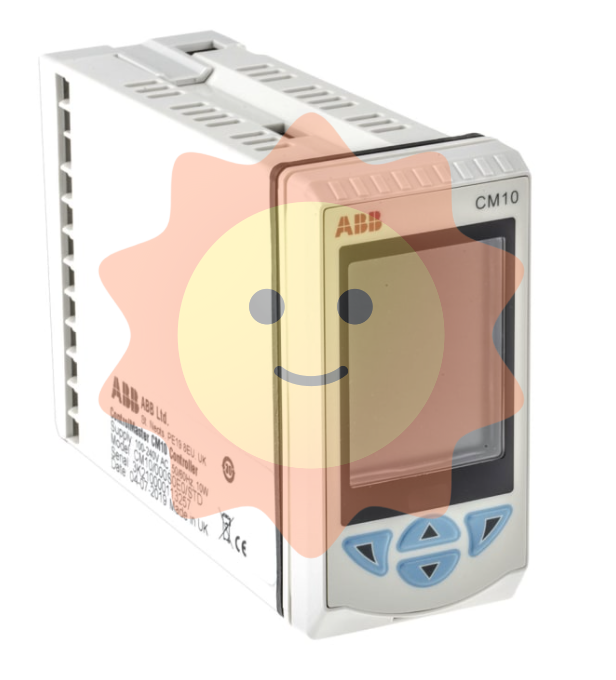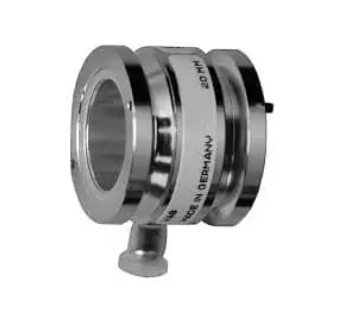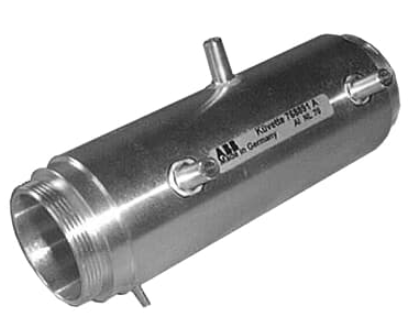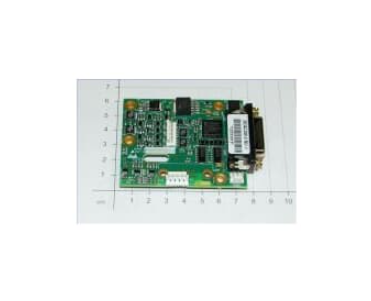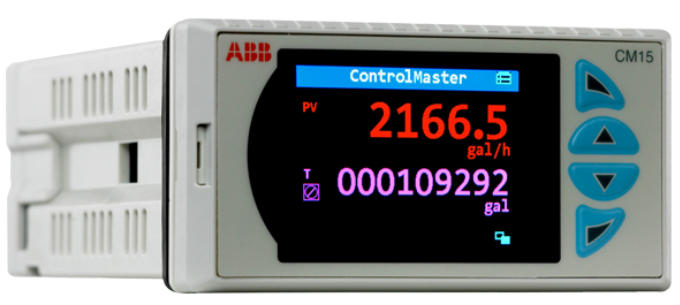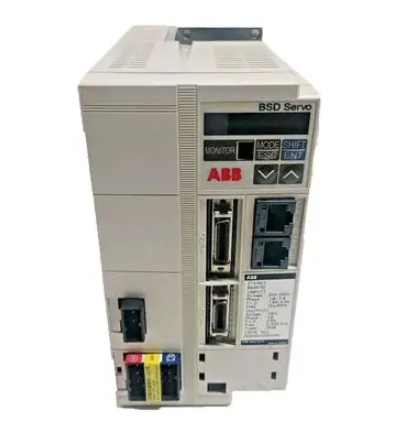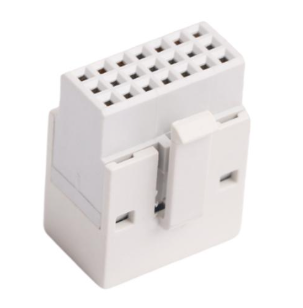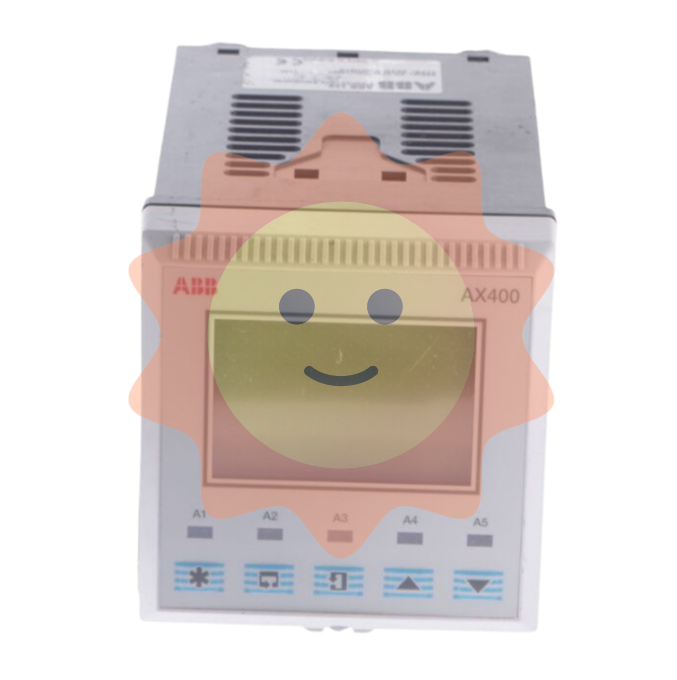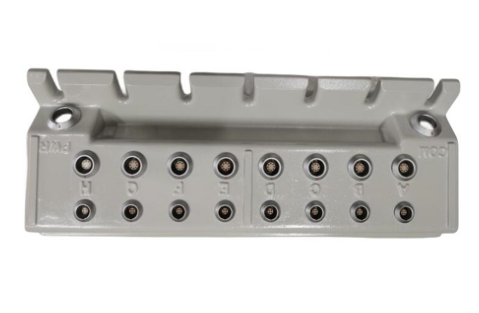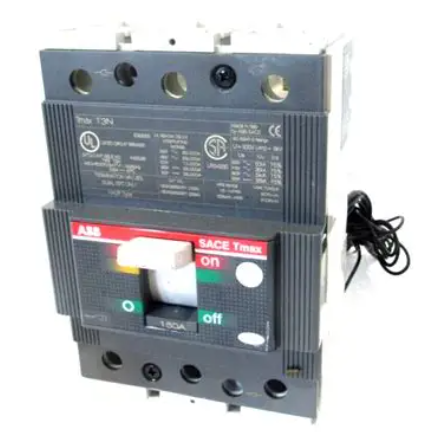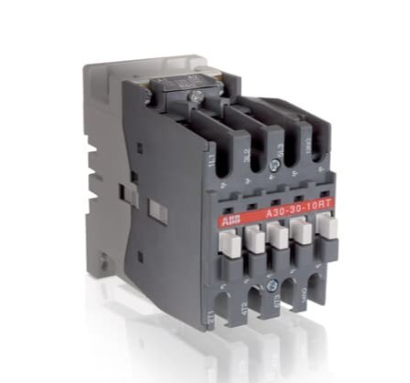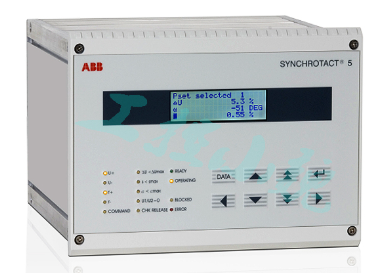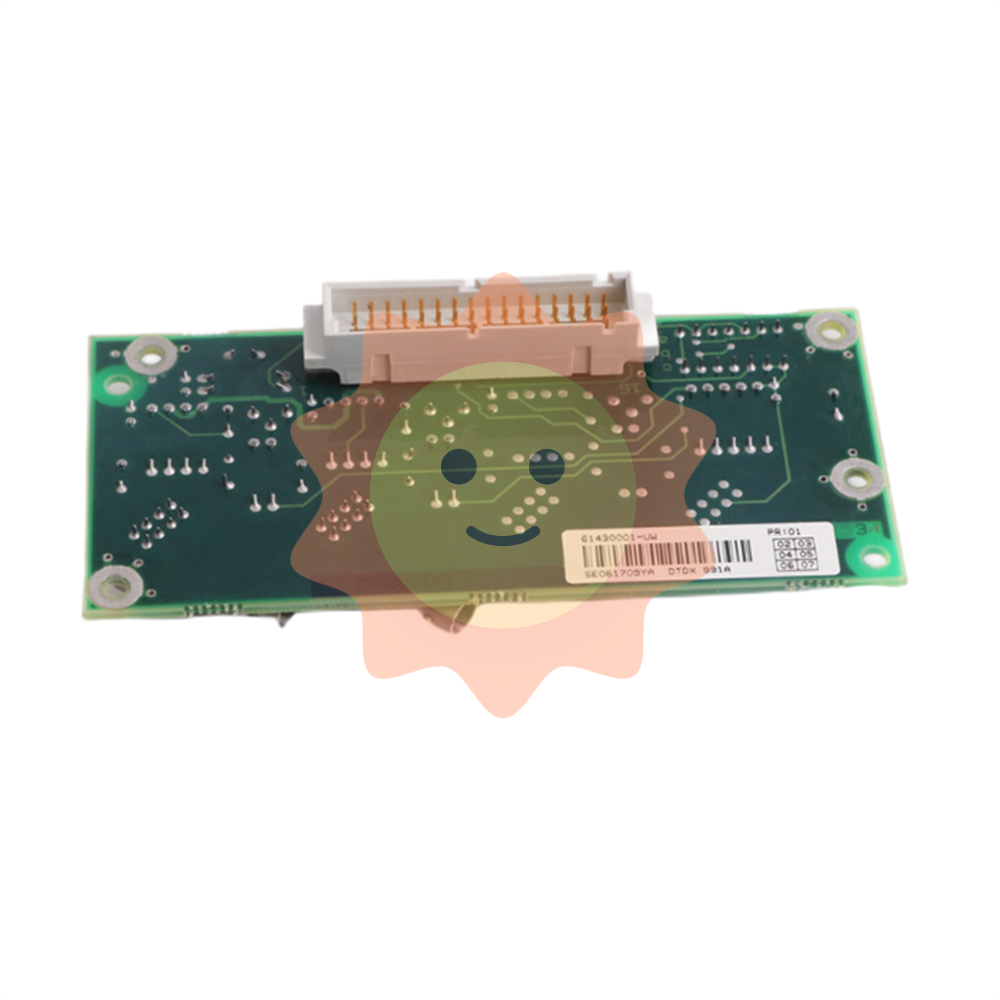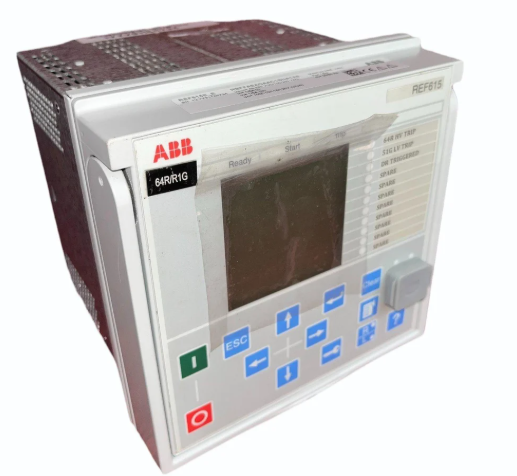The value discovery of photothermal power station from a new perspective
Solar thermal power generation: a unique clean energy storage and power generation system
Principle of photothermal power generation: light → heat → mechanical energy → electricity
Solar Power generation (Concentrated Solar Power, referred to as "CSP") is a kind of solar concentrated thermal power generation technology, solar radiation energy is focused to the heat absorber through mirror reflection, molten salt or thermal oil heat storage medium heat up, and then in the heat exchange device to add hot water working medium to drive the turbine to convert heat energy into electricity. Output electrical energy. The solar thermal power station consists of four modules: light gathering system, heat absorption system, heat storage and exchange system and power generation system. Heat transfer and heat storage and transfer technology is one of the key technologies of photothermal power generation, and the performance of heat transfer medium directly affects the efficiency and application prospects of the system. The commonly used heat transfer medium of photothermal power station includes water steam, air, thermal oil and molten salt.

At the early stage, the technology path of solar thermal power generation was mainly trough type, and tower type power station is the mainstream at present. According to the different forms of light concentration, the photothermal power generation system can be divided into tower type, trough type, linear Fresnel type and disk type. Among them, the tower type and the dish type are point focusing, and the light gathering ability is higher than the line focusing. Trough type because of its lower cost investment in the early project accounted for the vast majority of the proportion of solar thermal power generation, the global trough accounted for about 77%, tower type about 20%, line type about 3%. The concentration ratio of tower-type heat collection system is higher than that of trough type, the operating temperature is high, and the heat storage capacity is large, but the system construction threshold is high and the investment cost is high, which restricts the early development. China's light and heat development is late, so the tower technology is mainly, the tower accounted for about 63.1%, the trough only 25.5%. The light concentration ratio of line type power station is only tens of times, and the annual power generation efficiency is only about 10%, so the proportion is relatively low. The disc solar thermal power station has a small scale and no heat storage device, and is only used for space solar power stations.
picture
From the point of view of heat storage medium, molten salt is the preferred heat transfer storage medium for solar heat storage at present. Compared with thermal oil, molten salt has a series of advantages such as higher operating temperature, high thermal stability and high specific heat capacity. The maximum use temperature of thermal oil is 390 ° C, beyond which it will be vaporized, and the maximum use temperature of molten salt reaches 565 ° C. The temperature of the heat storage medium has a major impact on the following heat transfer link and power generation link, and the energy below 290 ° C of the steam turbine can not be used, so the temperature difference of the heat transfer oil can be used up to 100 ° C, and the temperature difference of the molten salt can be used up to 275 ° C, and the efficiency is nearly 3 times higher. In China, 9 of the 15 solar thermal projects that have been put into operation use molten salt energy storage, and 18 of the 27 projects under construction use molten salt energy storage (the remaining 9 are not disclosed).
In the investment of solar thermal power station, with the increase of installed capacity of tower solar thermal power station, the proportion of concentrated heat absorption system cost is also getting higher and higher. Taking Delingha 7-hour heat storage 50MW tower solar thermal power station in Qinghai as an example, the total investment of the project is 1.088 billion yuan, the cost of concentrating heat absorption system accounts for 61%, the cost of thermal power generation system accounts for 15%, the heat storage system accounts for 17%, and the rest is site preparation costs, power station supporting and infrastructure costs and indirect costs. Among them, the heliostat cost accounts for about 75% of the cost of the condenser heat absorption system, the mirror field control system cost accounts for 10%, the heat absorber cost accounts for 6%, and the heat absorption tower cost accounts for 9%. In the raw materials of the light-gathering, heat-absorbing and heat-storage subsystems, steel accounts for about 53% of the cost, molten salt accounts for about 21% of the cost, and glass accounts for about 17% of the cost.
Operation state of photothermal power generation: decoupling photoelectricity
In operation, the solar thermal power station system can be divided into three modules: concentrated heat absorption module, heat storage module and power generation module. The solar radiant power PDNI outputs thermal power Psf to the thermal medium after the conversion of the concentrator heat collector module. The thermal power Psf can be divided into heat storage power Pchg and power generation thermal power Ppb, which flow to the heat storage module and power generation module respectively. During peak power consumption, the energy in the heat storage module flows to the power generation module as the heat release power Pdsg. Each module will have a certain percentage of energy loss in the process of energy conversion, transfer and storage.
- EMERSON
- Honeywell
- CTI
- Rolls-Royce
- General Electric
- Woodward
- Yaskawa
- xYCOM
- Motorola
- Siemens
- Rockwell
- ABB
- B&R
- HIMA
- Construction site
- electricity
- Automobile market
- PLC
- DCS
- Motor drivers
- VSD
- Implications
- cement
- CO2
- CEM
- methane
- Artificial intelligence
- Titanic
- Solar energy
- Hydrogen fuel cell
- Hydrogen and fuel cells
- Hydrogen and oxygen fuel cells
- tyre
- Chemical fiber
- dynamo
- corpuscle
- Pulp and paper
- printing
- fossil
- FANUC
- Food and beverage
- Life science
- Sewage treatment
- Personal care
- electricity
- boats
- infrastructure
- Automobile industry
- metallurgy
- Nuclear power generation
- Geothermal power generation
- Water and wastewater
- Infrastructure construction
- Mine hazard
- steel
- papermaking
- Natural gas industry
- Infrastructure construction
- Power and energy
- Rubber and plastic
- Renewable energy
- pharmacy
- mining
- Plastic industry
- Schneider
- Kongsberg
- NI
- Wind energy
- International petroleum
- International new energy network
- gas
- WATLOW
- ProSoft
- SEW
- wind
- ADVANCED
- Reliance
- YOKOGAWA
- TRICONEX
- FOXBORO
- METSO
- MAN
- Advantest
- ADVANCED
- ALSTOM
- Control Wave
- AB
- AMAT
- STUDER
- KONGSBERG
- MOTOROLA
- DANAHER MOTION
- Bently
- Galil
- EATON
- MOLEX
- Triconex
- DEIF
- B&W
- ZYGO
- Aerotech
- DANFOSS
- KOLLMORGEN
- Beijer
- Endress+Hauser
- MOOG
- KB
- Moxa
- Rexroth
- YAMAHA
- Johnson
- Westinghouse
- WAGO
- TOSHIBA
- TEKTRONIX


Email:wang@kongjiangauto.com


